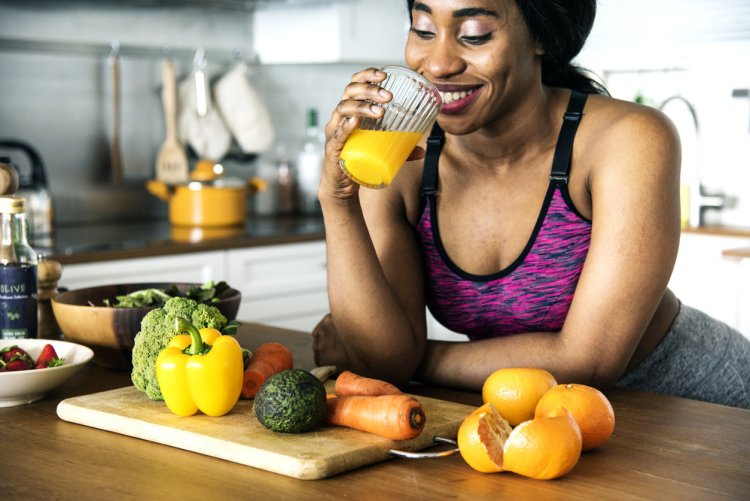Heart Disease and Breast Cancer: How Women Can Lower Their Risk for Both
When I talk to women about their health, one pattern always strikes me: many are far more worried about breast cancer than heart disease. It’s understandable breast cancer awareness campaigns are everywhere, and the fear runs deep. But here’s the reality that doesn’t get nearly enough airtime: women are more likely to die from heart disease than from all types of cancer combined.

Let that sink in. Right now, about 3 million women in the U.S. are living with breast cancer, a disease that causes 1 in 31 deaths. Compare that to 50 million women living with cardiovascular disease, which causes 1 in 3 deaths. The numbers tell a different story than our fears.
But here’s the good news: heart disease and breast cancer are not entirely separate battles. They actually share many of the same risk factors and two of the biggest ones are completely within our control: exercise and diet.
How Exercise Protects Against Both Heart Disease and Breast Cancer

The science is clear: physical inactivity raises the risk for both heart disease and breast cancer, while moving your body lowers it. It doesn’t take marathon training to see the benefits. The American Heart Association and U.S. guidelines both recommend at least 150 minutes of moderate activity per week that’s about 21 minutes a day.
Here’s the best part: everything counts.
A brisk walk with your dog.
Dancing in your kitchen.
Gardening, scrubbing the bathroom, hauling laundry up the stairs.
Exercise doesn’t need a gym membership or Lycra leggings. What matters is that you move more and sit less. Yet, the stats show that fewer than 1 in 5 women hit even that 21-minute mark. Imagine how many lives could change if more of us worked activity into our everyday rhythms.
How Diet Ties Breast Cancer and Heart Disease Together
Food is another powerful lever. The diets that lower heart disease risk are almost identical to those that reduce breast cancer risk. Both the American Cancer Society and American Heart Association emphasize a mostly plant-based eating style.
Here’s the blueprint:
Load up on plants, fruits, vegetables, legumes, nuts, and seeds.
Choose whole grains like brown rice, quinoa, and oats over refined ones.
Opt for lean proteins, seafood, beans, tofu, and occasionally poultry.
Use olive oil instead of butter or processed fats.
Limit red and processed meats, refined carbs, and added sugars.
Skip highly processed convenience foods, frozen dinners and fast food that sneak chemicals into your system.
Think Mediterranean-style: colorful, flavorful, heart- and body-friendly.
Other Risks Women Should Know

Exercise and diet are major players, but they’re not the whole picture. Other factors include:
Smoking
Obesity
Diabetes
High blood pressure
High cholesterol
Age (especially post-menopause)
Family history of heart disease
Here’s the catch: 64% of women who die of heart disease never had obvious symptoms beforehand. That’s why it’s important to know your “numbers” cholesterol, blood pressure, blood sugar and talk to your doctor about screenings. For women with risk factors, a coronary artery CT scan can reveal hidden trouble.
And remember: women’s heart attack symptoms often look different than men’s. Instead of the classic crushing chest pain, many women feel burning in the chest, nausea, burping, or what they think is acid reflux but triggered by activity, not food. That distinction can save a life.
Screening Still Matters
When it comes to breast cancer, mammograms remain essential. The debate about when to start and how often to screen continues, but the key is individualized care. Your doctor can help you weigh your risks and decide what’s right for you.
The Bottom Line
The thread that connects both heart disease and breast cancer is lifestyle. Moving your body daily and eating a largely plant-based diet not only lowers your risk of developing these diseases, it also improves outcomes for women who are already living with them.
It doesn’t have to feel overwhelming. Start with an extra serving of vegetables on your plate, a walk after dinner, or taking the stairs instead of the elevator. Small steps add up.
Because at the end of the day, prevention isn’t about perfection, it's about stacking the odds in your favor, one meal, one step, one choice at a time.
What's Your Reaction?




















